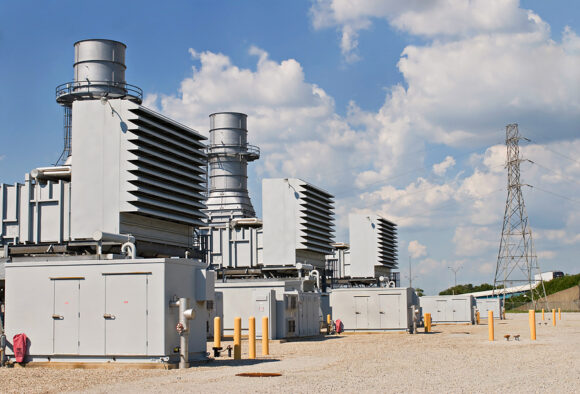National and state electricity regulations that industries, businesses, and consumers depend on to prevent power outages are deficient in a number of significant ways that could result in worse future outages unless the rules are strengthened, especially as hurricanes and other weather events are predicted to become more severe under climate change, according to a new study.
Researchers conducted a detailed analysis of the methods that national and state regulators use to measure the reliability of their electricity systems and the standards that regulators have adopted to rectify deficiencies that can result in power outages. The researchers found that the national regulator of the high-voltage bulk power system, the North American Electric Reliability Corporation (NERC), has an incomplete definition of the risks that the high-voltage transmission system faces, and NERC fails to adequately address the risks of “high-impact low-frequency events.” Moreover, in the distribution system, where approximately 90 percent of electricity outages occur, state regulators employ reliability measurement methods that are “too variable and diffuse” to establish a nationally consistent framework for assessing reliability risks and setting corrective standards, the authors conclude.
As a result of the problems in the system, “Unfortunately, the U.S. continues to fall behind developed nations in terms of electricity reliability,” conclude researchers Roshanak Nateghi and Seth D. Guikema of Johns Hopkins University and former Johns Hopkins University students Yue (Grace) Wu and C. Bayan Bruss. Their paper—Critical Assessment of the Foundations of Power Transmission and Distribution Reliability Metrics and Standards—recently appeared in the online version of Risk Analysis, a publication of the Society for Risk Analysis.
Standards have made considerable advances in bolstering the reliability of power systems and may be logical from a utility perspective during normal operations. But the standards do not adequately consider the impacts of disasters, such as hurricanes and winter storms that have left millions of customers without power for extended periods of time, according to the authors. Part of the problem is that NERC relies on a “reactive” reliability management framework—that is, intervening after an event—and instead should develop a portfolio of strategies for risk management steps to take before events happen, the researchers suggest.
At the state level, the authors recommend several steps to improve the distribution system’s reliability. For example, a nationally consistent framework for measuring and reporting reliability performance, using consistent inputs across states, should be developed. In addition, several geographic regions lack any standards for managing vegetation, even though falling trees and branches are the second most important reason for outages, the authors note, and urge that more states adopt standards regulating power companies’ vegetation management practices.
The authors conclude by noting that, although some argue that the costs of improved grid reliability are too high, research has shown that the costs of repeated customer interruptions and system repairs are far greater.
Source: Society for Risk Analysis (SRA)
Was this article valuable?
Here are more articles you may enjoy.


 ‘Door Knocker’ Roofers Were Everywhere. NC Farm Bureau Saw an Opportunity
‘Door Knocker’ Roofers Were Everywhere. NC Farm Bureau Saw an Opportunity  Abbott Presses Congress for Shield Over Preemie Baby Formula Litigation That Could Cost It Billions
Abbott Presses Congress for Shield Over Preemie Baby Formula Litigation That Could Cost It Billions  Marijuana’s Move to Schedule III: What it Really Means for Cannabis Insurance
Marijuana’s Move to Schedule III: What it Really Means for Cannabis Insurance  Twice Injured Firefighter Loses Second Workers’ Compensation Claim
Twice Injured Firefighter Loses Second Workers’ Compensation Claim 